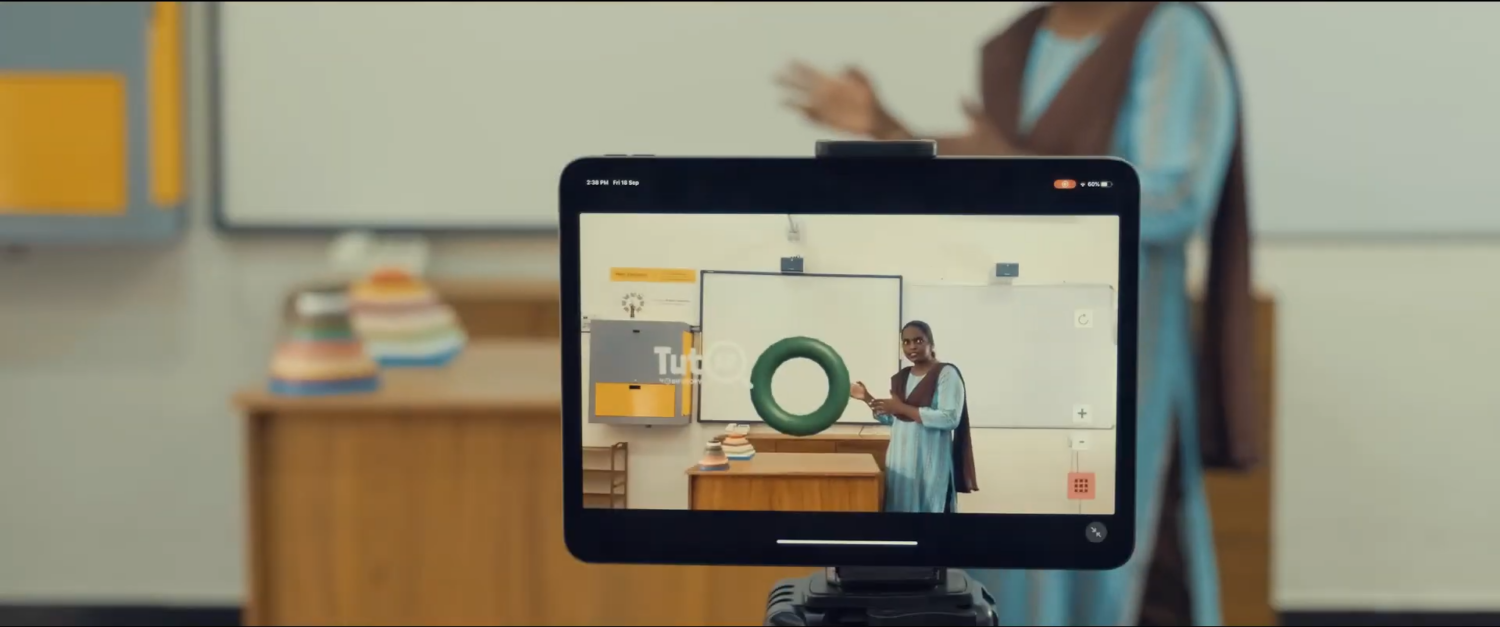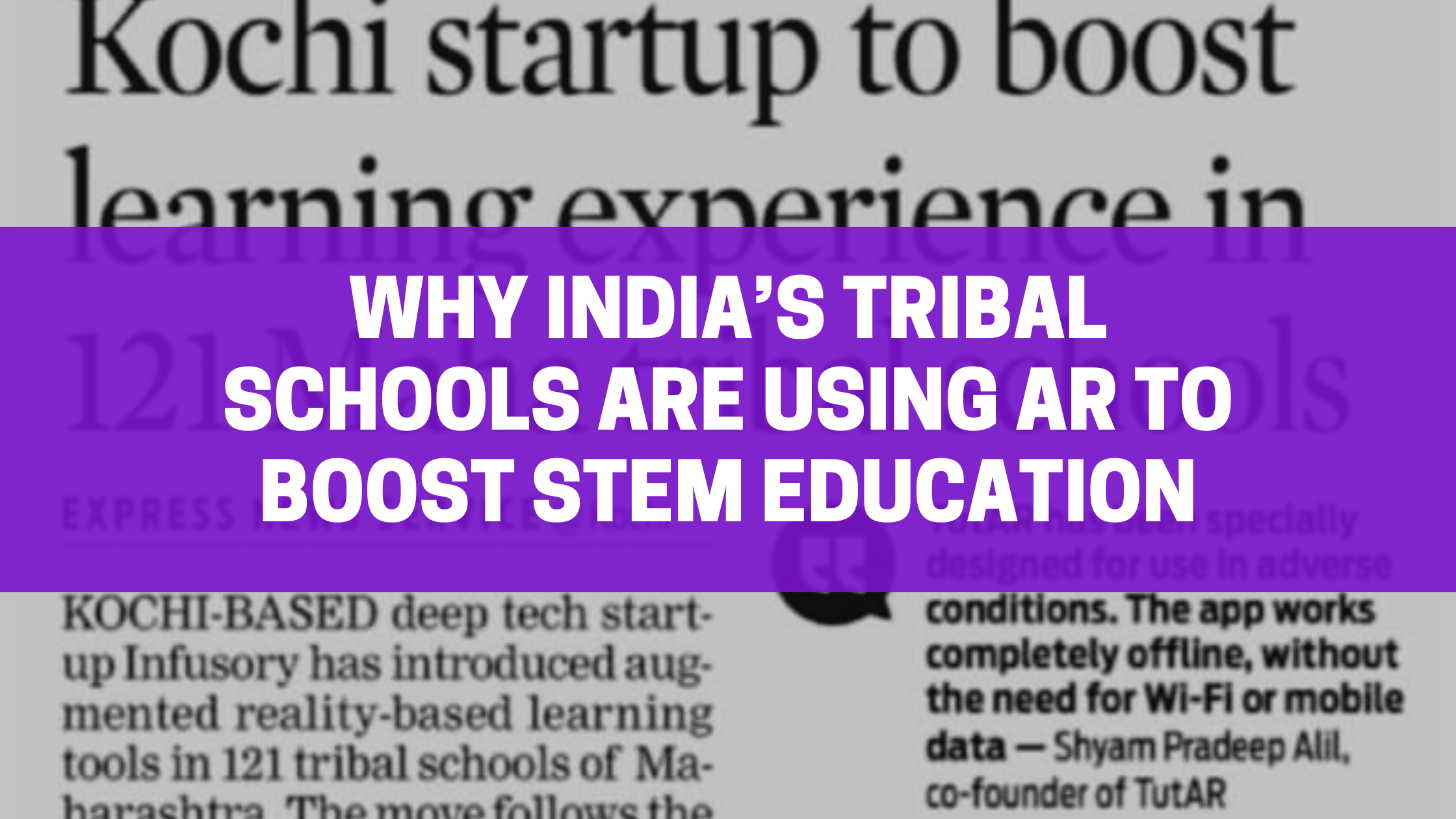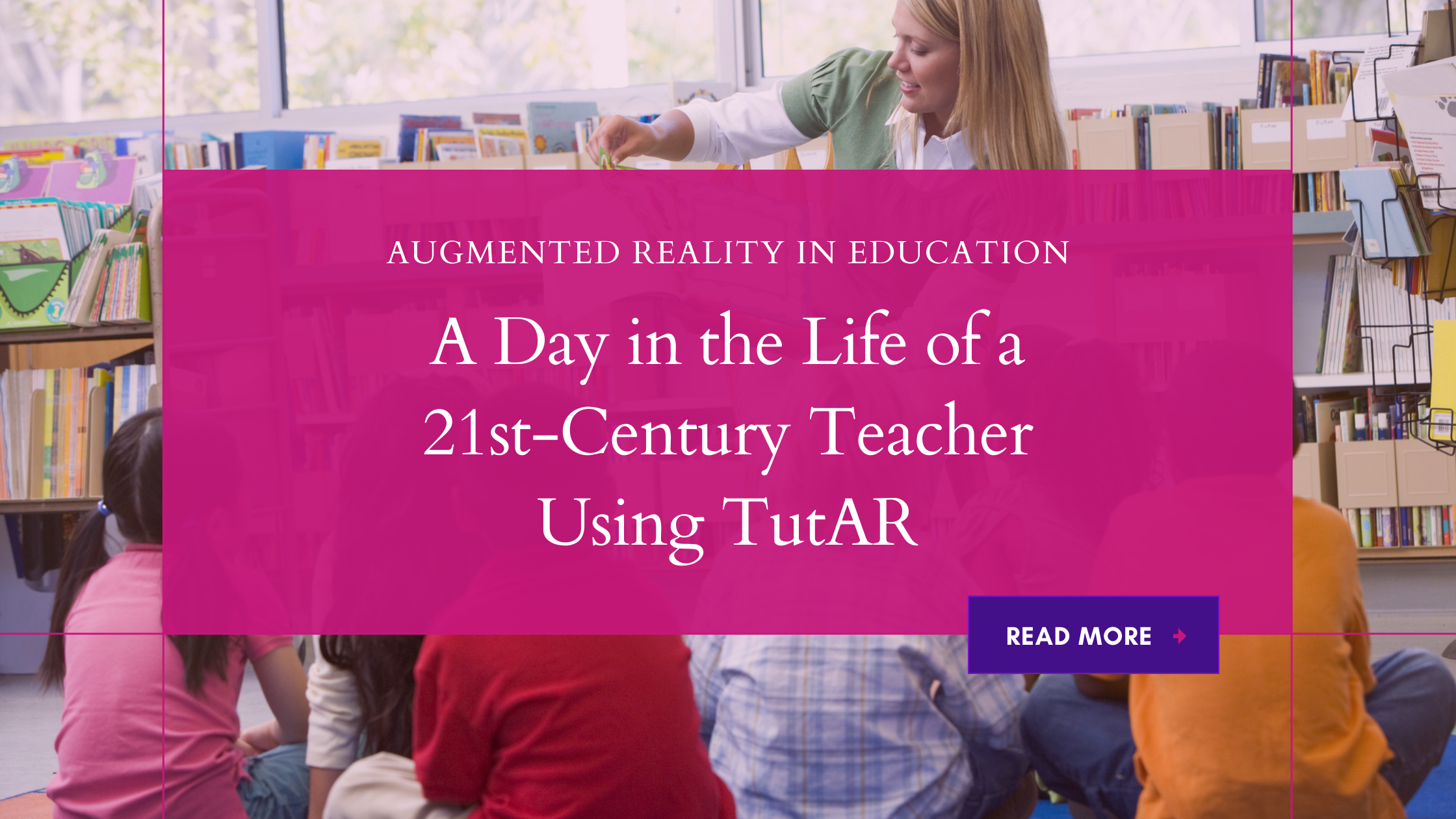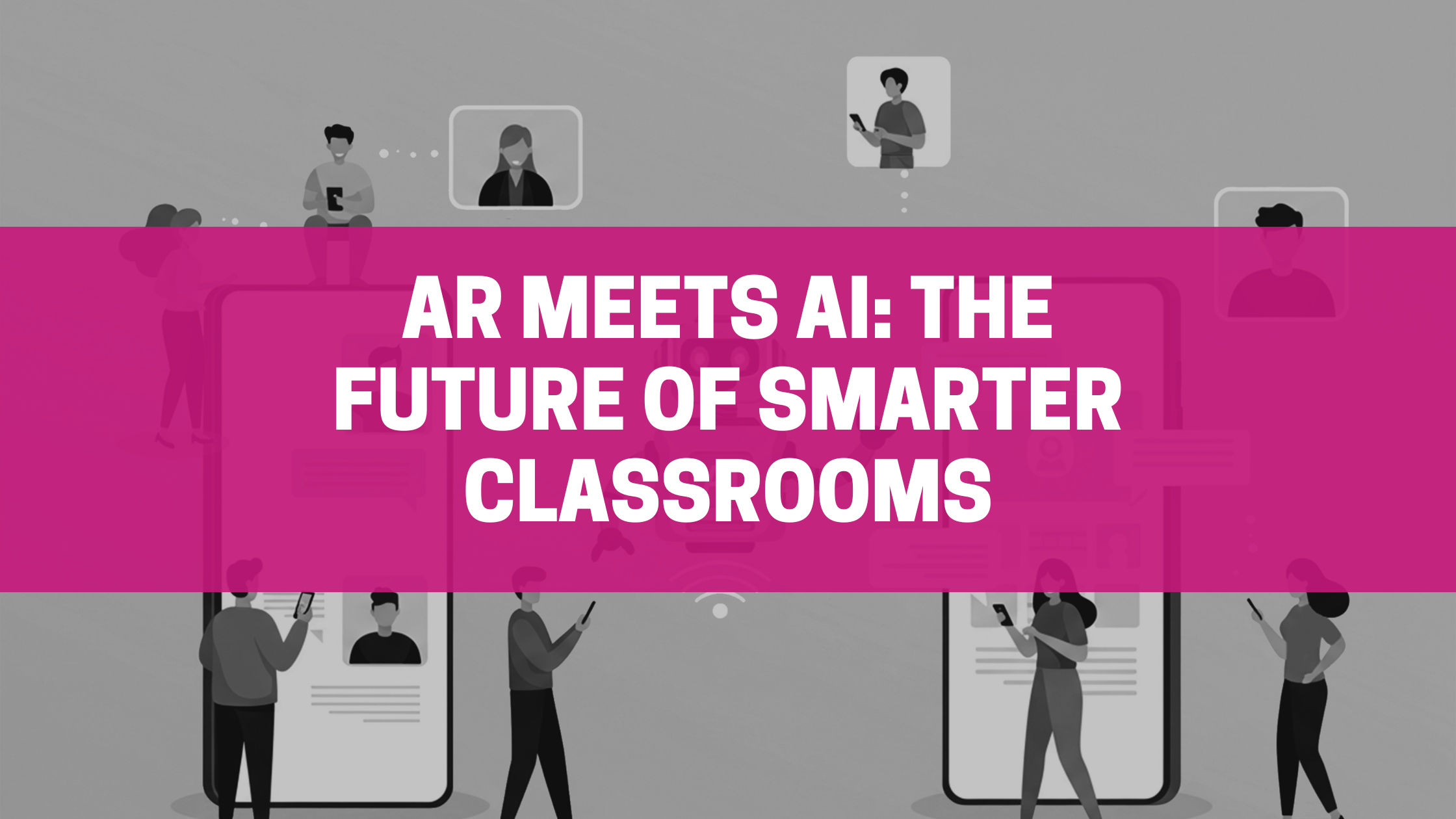In many of India’s tribal regions, students have the same curiosity and potential as anywhere else, but far fewer resources to explore it. This is especially true in STEM (Science, Technology, Engineering, and Mathematics) education, where hands-on learning is essential.
In 2025, the Government of Maharashtra took a step to bridge this gap by partnering with Infusory to bring TutAR, an Augmented Reality (AR) teaching tool, to 121 tribal schools across the state. The goal was simple: make learning engaging, clear, and accessible, no matter the school’s infrastructure.
The STEM Challenge in Tribal Areas
Many schools in tribal regions face challenges such as:
- Limited access to science labs and modern teaching equipment
- Outdated textbooks without enough visual references
- Poor or no internet connectivity
- Teachers handling multiple subjects without specialised training
These limitations often mean students learn theory but rarely get to see concepts in action. For STEM subjects, that makes a big difference.
How AR is Changing the Classroom Experience
Augmented Reality overlays interactive 3D models onto the real world using devices like tablets or smartphones. With TutAR, teachers can:
- Launch 3D models for topics in science and math
- Rotate, zoom, and interact with models during lessons
- Explain complex ideas visually, even without internet access
- Align lessons with the existing syllabus for CBSE, ICSE, and State Boards
Once installed, TutAR works fully offline, a critical feature for schools with unstable or no internet.
Making Thousands of Models Work on Low-Resource Devices
Bringing AR to tribal schools required more than just installing software. Devices available in these schools often have limited storage and processing power. Our team reworked more than 5000+ models to fit into just a few gigabytes without losing visual quality.
This optimisation meant every school could access a full library of models for topics like:
- The human circulatory system
- Atomic structures
- Planetary motion
- Electrical circuits
- Geometric shapes
Impact in the Classroom
Teachers have reported noticeable improvements in attention, understanding, and participation.
“Before, it was difficult to explain the solar system without a physical model. Now, students can see planets revolving and rotating right on their desks,” said one science teacher from a participating school.
Students who previously struggled with abstract concepts are now able to connect lessons to what they see on the screen. This is especially important in STEM, where visualisation can mean the difference between memorising facts and truly understanding them.
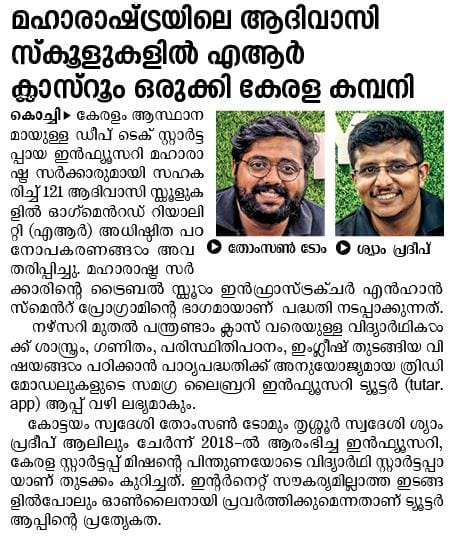
Why This Matters for Education Equality
The Maharashtra project is more than a technology rollout, it’s a model for how EdTech can close learning gaps. By making interactive STEM education possible in areas without labs, fast internet, or expensive devices, AR tools like TutAR are levelling the playing field for students everywhere.
The Road Ahead
The success of this initiative has opened the door for similar projects in other states. As more schools explore AR, the focus will remain on making the technology affordable, easy to use, and accessible to all.
Bring AR to Your Classrooms
If you’re an educator, policymaker, or EdTech partner interested in implementing AR in your schools, we’d love to share our experience from Maharashtra’s tribal schools.
Book a free demo to see how TutAR makes STEM subjects come alive.

